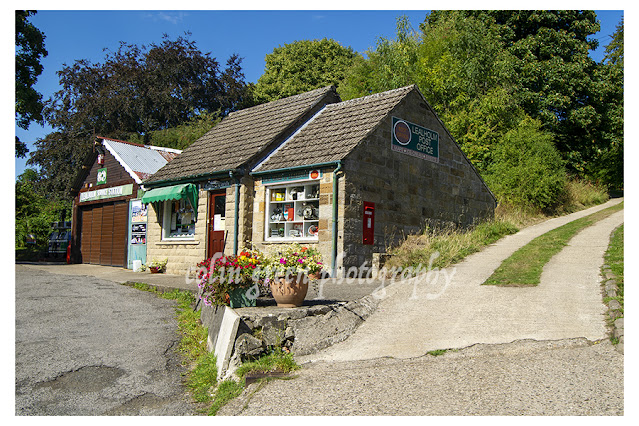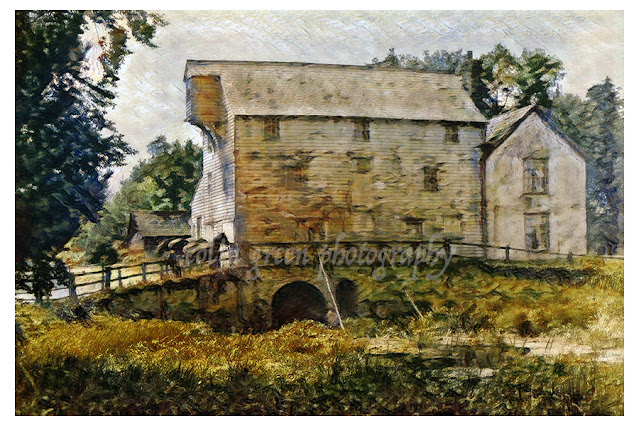A vintage postcard depicting Margate Pier in its heyday, likely from the late 19th or early 20th century. The pier stretches out into the sea, bustling with activity, with people strolling along its wooden planks and enjoying the seaside views.
The Victorian Pier:
Margate, a charming seaside town in Kent, England, has a rich history intertwined with its iconic pier. Initially constructed of wood in 1824, it was rebuilt with iron in 1855 and extended over the following years, the pier was a marvel of Victorian engineering, attracting visitors from far and wide. It served as a popular destination for leisure, entertainment, and transportation.
A Hub of Activity:
The pier was more than just a walkway; it was a vibrant hub of activity. Visitors could enjoy a variety of attractions, including:
- Bandstands: Listen to live music performances from talented musicians.
- Pavilions: Explore shops, arcades, and tea rooms.
- Fishing: Cast a line and try your luck at catching fish.
- Horse-drawn carriages: Take a leisurely ride along the promenade.
A Symbol of Seaside Pleasure:
The pier's popularity peaked during the Victorian era when seaside holidays became a fashionable pastime. Families and couples flocked to Margate to escape the hustle and bustle of city life and enjoy the fresh sea air and scenic views.
A Changing Landscape:
Over the years, Margate Pier has faced challenges, including storms and structural damage. It closed in 1976, was badly damaged in 1978 and underwent occasionally demolition until the final section was completely removed in 1998.
The artwork below was created by me based on a Victorian era postcard I have in my collection, copies can be purchased from my Colin_picture_this Zazzle store on various products. You can also transfer the design to alternative products of your choosing as required.
Clicking the image should open a link in another window to my Margate Jetty collection on Zazzle.
Thanks for looking, please take a moment to check out my Zazzle stores via the links below.
Thanks for looking, clicking any image should open a link in another window to that stores shop front.



























































